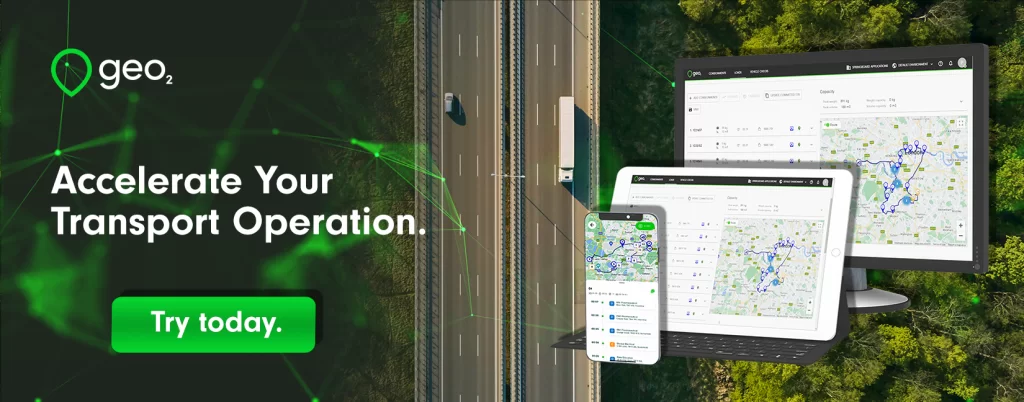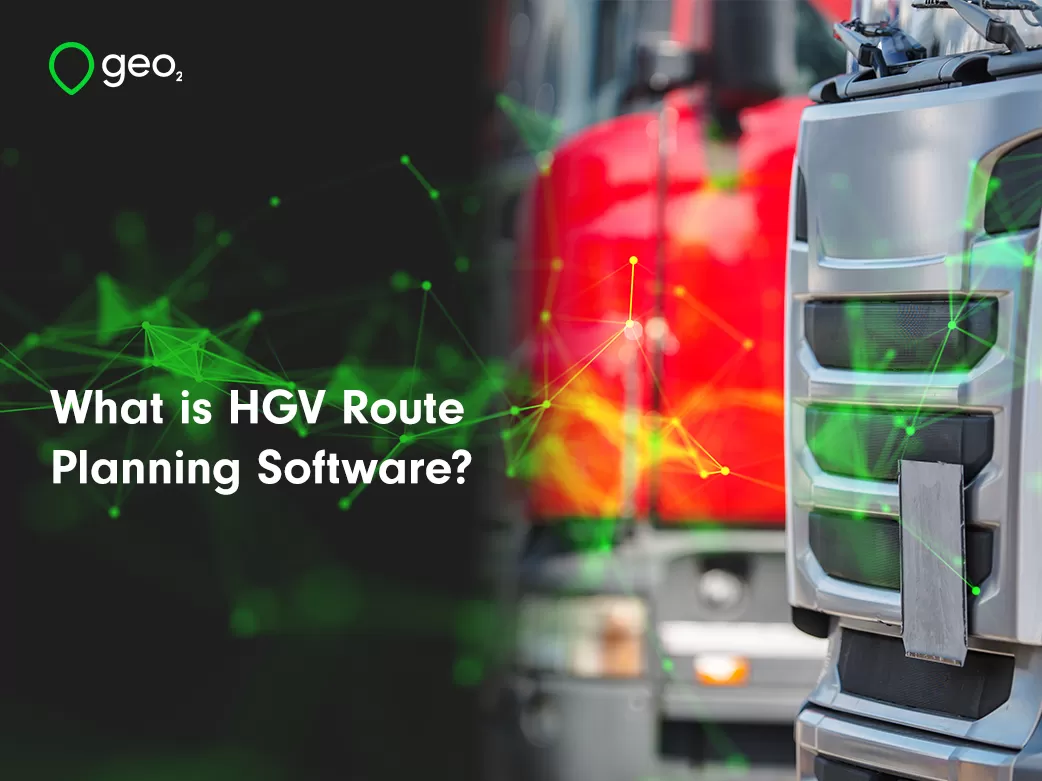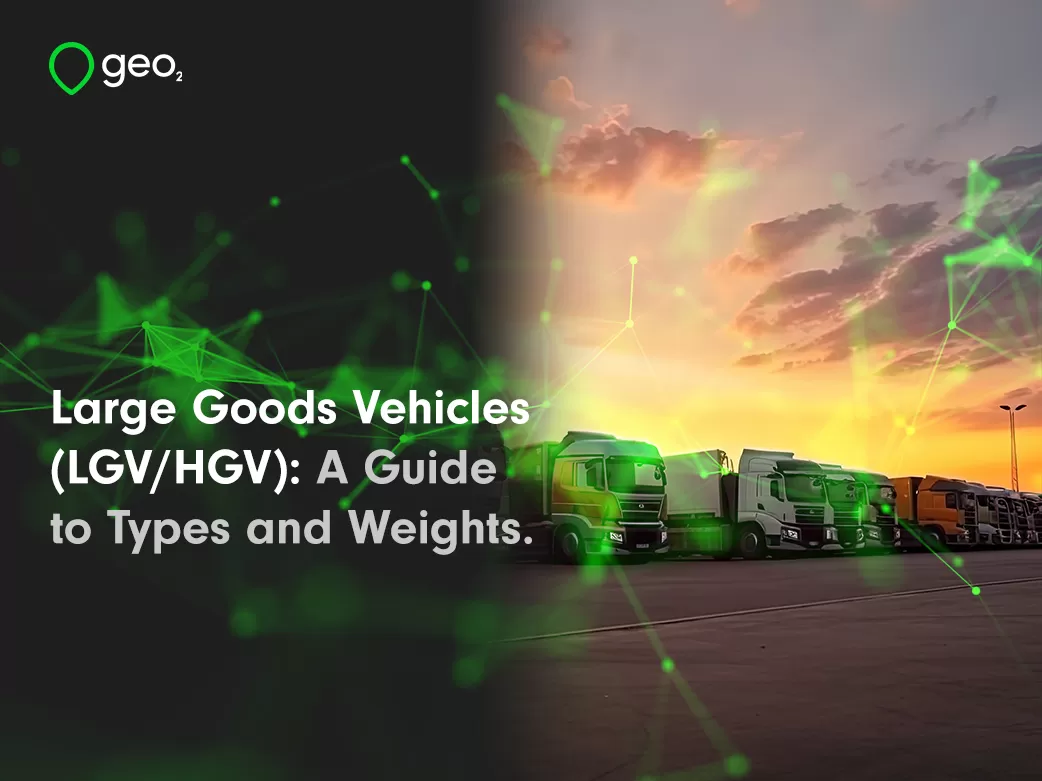
Large Goods Vehicles (LGV/HGV): A Guide to Types and Weights.
Introduction.
LGVs and HGVs are key for moving everything from groceries to industrial gear. It’s important for fleet managers and trucking companies to know how these vehicles work to keep things running smoothly and follow the rules. This guide covers the types, weights, and management of LGVs and HGVs.
Need help choosing a TMS?
Download the Free Guide Now.
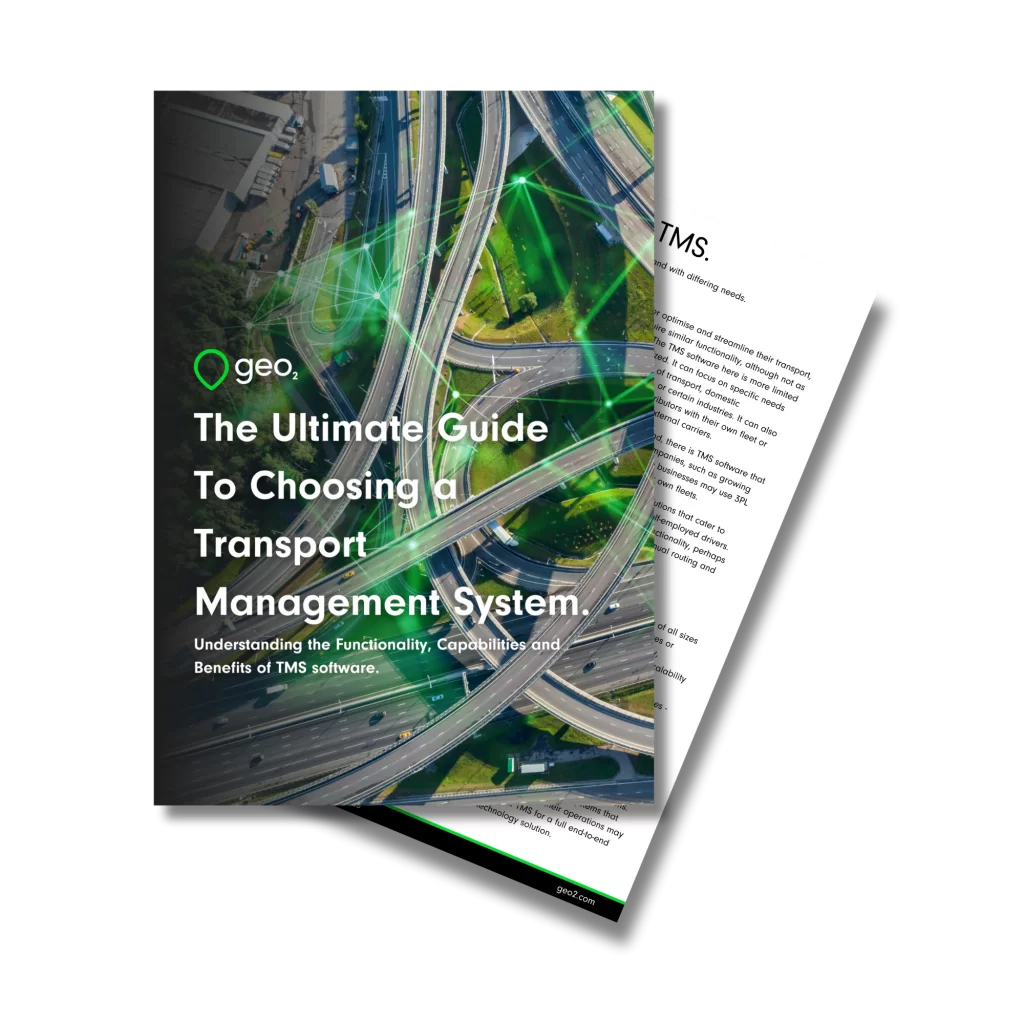
Table of Contents.
What Does HGV Stand For?
HGV stands for “Heavy Goods Vehicle,” a term used in the UK and Europe to describe trucks weighing over 3.5 tonnes. These trucks are vital for transporting large quantities of goods over long distances, making them a crucial part of the transport industry. HGVs are subject to specific rules, including special driver licenses and safety standards, which we’ll explore further in this guide.
What Does LGV Stand For?
In the US, LGV stands for “Large Goods Vehicle.” Howevever, in the UK and EU, LGV stands for Light Goods Vehicle.
A Large Goods Vehicle is a commercial vehicle that weighs between 3.5 and 7.5 tonnes. These vehicles are used for transporting goods on a smaller scale than HGVs, typically within a local or regional area.
A Light Goods Vehicle is a commercial vehicle with a weight limit of 3.5 tonnes or less. This includes vehicles such as vans, pickup trucks, and small lorries.
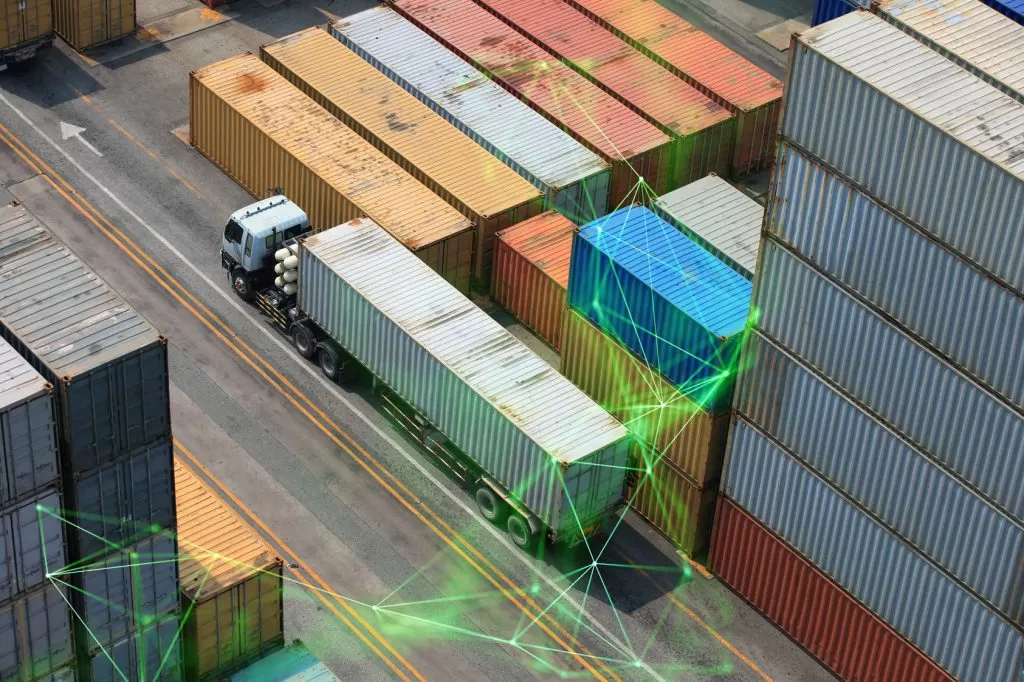
Table of Contents.
Understanding the Different Types of LGVs/HGVs.
Articulated Vehicles
Articulated vehicles (artics) consist of a tractor unit and a semi-trailer, designed for efficient and flexible transport of large loads. Their ability to detach the semi-trailer simplifies loading and unloading, making them versatile and prevalent in the logistics industry.
Rigid Vehicles
Rigid vehicles, featuring a single chassis for the cab and cargo area, excel in short hauls and city deliveries because of their maneuverability. With various designs like box trucks, flatbeds, and tippers, they cater to different transport needs, offering versatility unlike articulated vehicles with detachable trailers.
Special Purpose Vehicles
Special purpose vehicles, including tankers, car transporters, and garbage trucks, are designed with unique features to perform specific tasks that regular trucks cannot.
Weight Categories and Their Significance.
Light Goods Vehicles (LGVs)/ Light-Duty Trucks (LDTs)
Light Goods Vehicles (LGVs) in the UK/Europe, or Light-Duty Trucks (LDT) in the US, with a gross weight of up to 3.5 tonnes, are commonly used for local deliveries and smaller loads. Fleet managers should note that despite their flexibility, these vehicles must comply with specific regulatory requirements, including those related to driver licensing and vehicle maintenance.
Medium Goods Vehicles
Medium Goods Vehicles (MGVs) range from 3.5 tonnes to 7.5 tonnes. These vehicles strike a balance between capacity and maneuverability, making them ideal for regional transportation. Managing MGVs requires attention to weight distribution and load management to ensure safety and compliance.
Heavy Goods Vehicles
Heavy Goods Vehicles (HGVs), which are over 7.5 tonnes, are used to transport large amounts of goods over long distances. It’s important for fleet managers to make sure these HGVs follow strict weight rules and regulations to avoid fines and keep the roads safe. Ensuring drivers are well-trained and the vehicles are regularly checked is key to staying compliant.
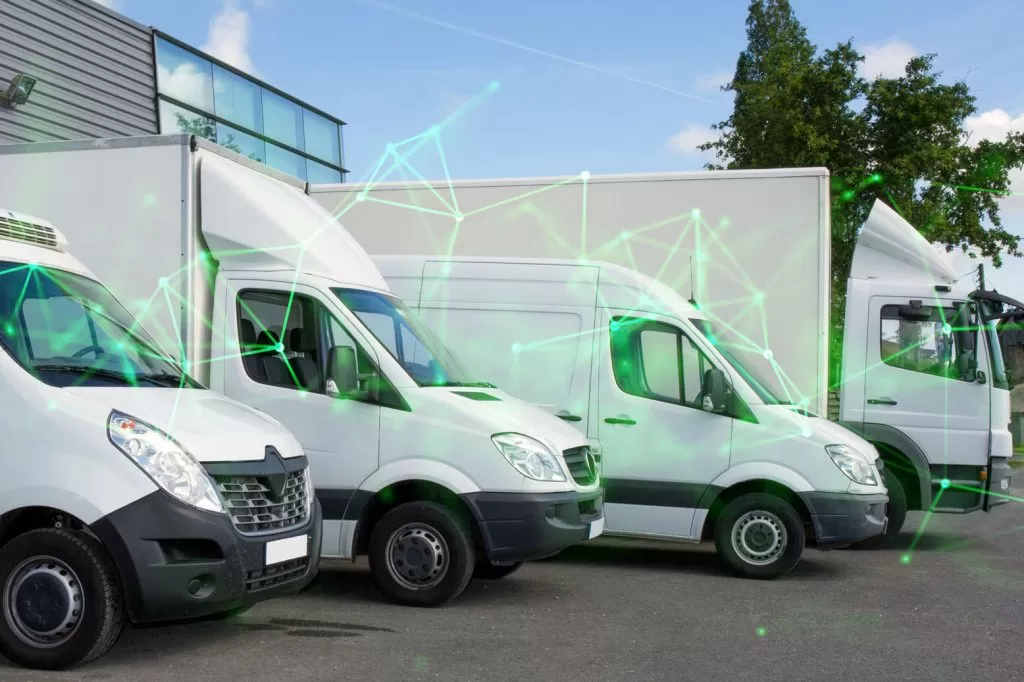
Compliance and Regulatory Requirements.
Driver Licensing Requirements
To drive LGVs and HGVs, you need the right type of driver’s license. In the UK, you need a Category C license for vehicles over 3.5 tonnes and a Category C+E license for vehicles that can separate (like trucks with trailers). It’s really important to have the correct license to meet legal rules and be safe on the road.
Vehicle Maintenance and Safety Standards
By law, LGVs and HGVs must be regularly maintained to make sure they’re safe for the road. This means they need routine vehicle checks, servicing, and must meet safety standards. Fleet managers have to keep accurate maintenance records and fix any problems fast to prevent any operational issues and legal trouble.
Environmental Regulations
Environmental rules on emissions and fuel efficiency are getting tougher. Fleet managers need to keep up with these rules and take steps to lessen their vehicles’ environmental impact. This means using cleaner technologies and using fuel more efficiently.
Best Practices for Optimizing LGV/HGV Operations.
Load Management
Effective load management is crucial for the safe and efficient operation of LGVs and HGVs. This involves proper weight distribution, securing cargo to prevent shifting, and adhering to maximum weight limits. Implementing load management systems can help streamline this process and improve safety.
Fuel Efficiency
Boosting fuel efficiency cuts costs and helps the environment. Fleet managers can do this by driving more efficiently, keeping vehicles well-maintained, and using telematics to keep an eye on fuel use.
Driver Training
Investing in driver training programs is essential for enhancing the skills and knowledge of drivers. Training should cover areas such as defensive driving, fuel-efficient techniques, and adherence to safety regulations. Well-trained drivers contribute to safer and more efficient fleet operations.

The Future of Large Good Vehicles
Technological Advancements
The future of LGVs and HGVs is changing thanks to new tech like self-driving features, electric engines, and advanced tracking systems. These changes aim to make transport safer, more efficient, and better for the environment.
Sustainable Initiatives
The logistics industry is focusing more on sustainability. Fleet managers are looking into alternative fuels, electrification, and green transport practices to cut down their carbon emissions. Using electric LGVs/HGVs and green logistics strategies are steps towards a sustainable future.
Conclusion.
Getting to grips with the details of LGVs and HGVs is crucial for fleet managers and trucking companies looking to boost efficiency, follow regulations, and be more sustainable. This guide covers everything from the basic definitions of HGV and LGV, to the various types and weight categories, offering a thorough overview of these key vehicles.
By adopting best practices and keeping up with industry trends, businesses can streamline their operations and secure lasting success in the transportation field.
